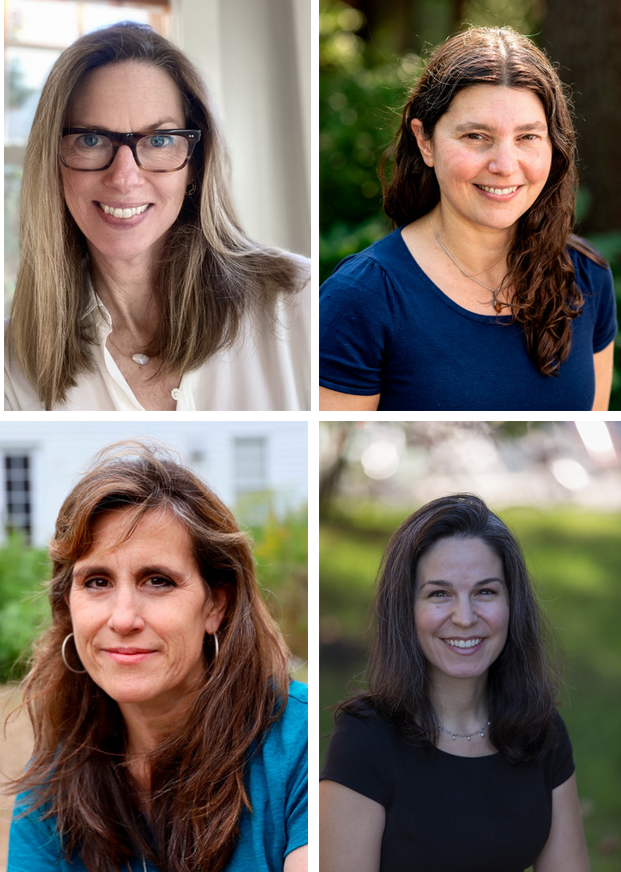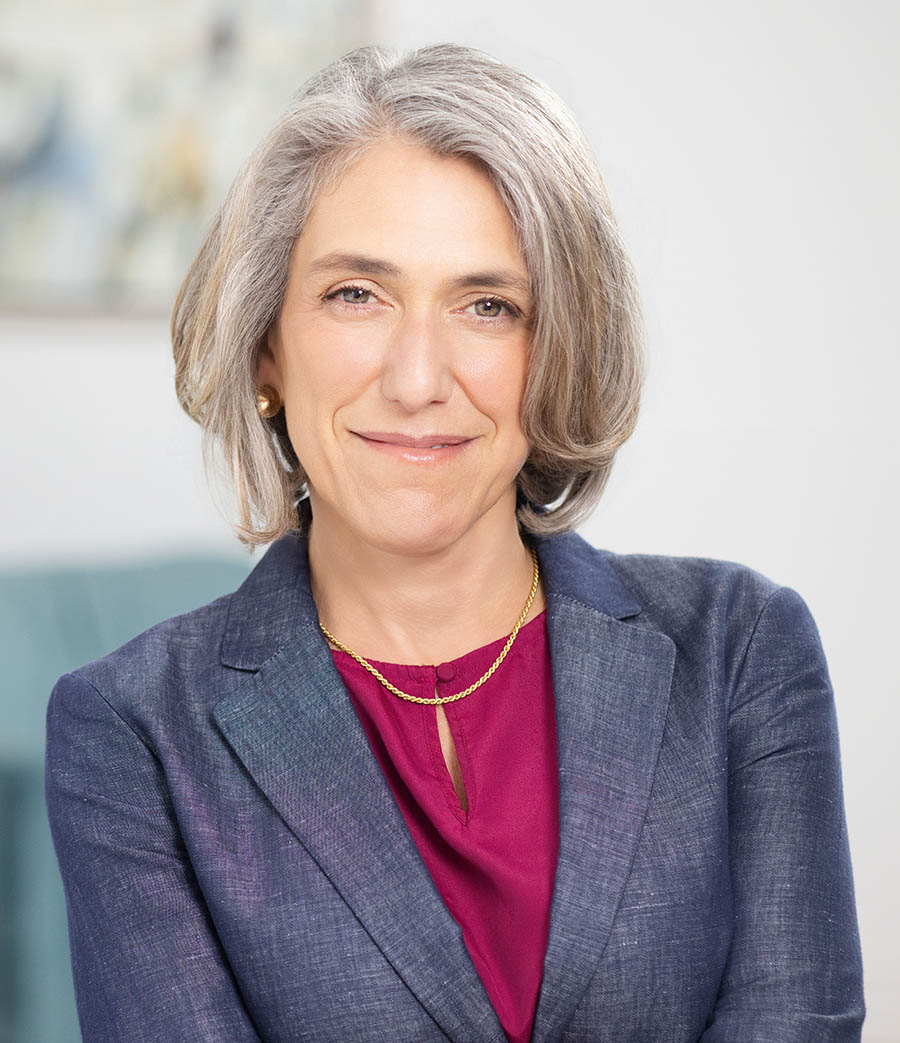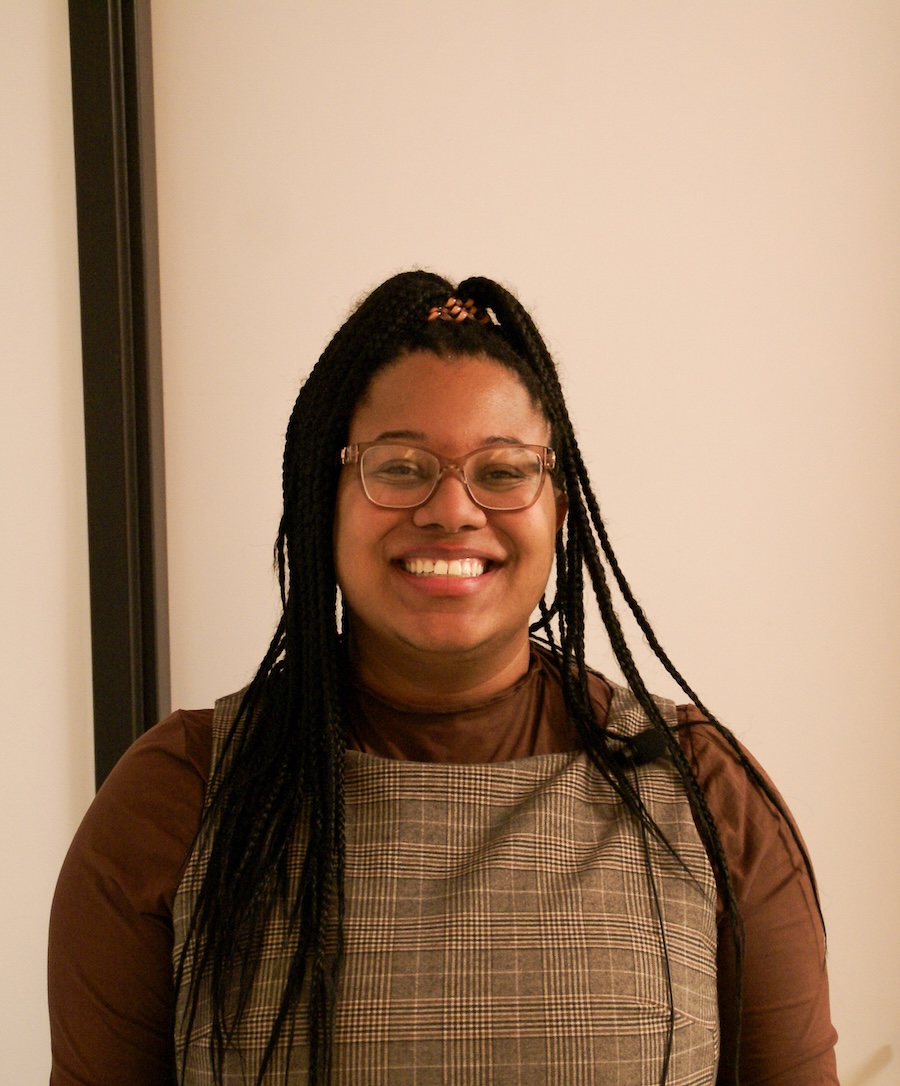Saying It Out Loud
By Bowdoin MagazineAs children’s book critic for The Wall Street Journal and author of The Enchanted Hour: The Miraculous Power of Reading Aloud in the Age of Distraction, Megan Cox Gurdon ’86 writes about the power of books to connect people.
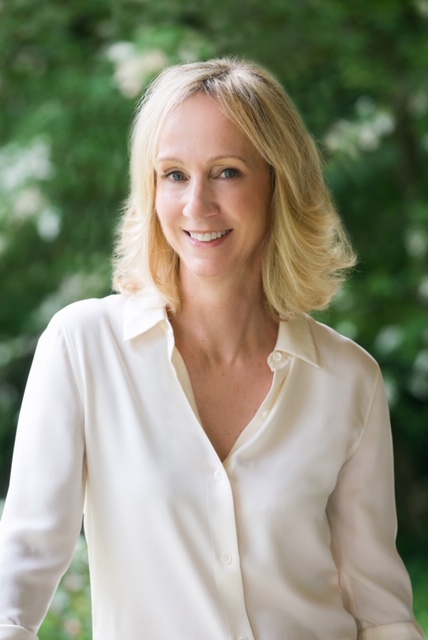
What are you reading for work?
No comment. The truth is, I read many more books than I can review (or would want to, since I read to winnow), so it wouldn’t be fair to tell.
What are you reading for pleasure?
I’m just coming off a huge Hilary Mantel binge. After finishing The Mirror and the Light this summer, in the conventional way, I turned around and re-read her entire Wolf Hall trilogy on audiobook. Now that Thomas Cromwell is well and truly dead, I’m deep into the audiobook of her novel of the French Revolution, A Place of Greater Safety, having already read it twice on paper. (So much power hunger; so many beheadings!) Double reading in this way, alternating between eye and ear, has become my favorite method. I love toggling back and forth, especially when, as happened to me with The Three Musketeers, the audiobook is from one translator and the print edition from another. If I had been wise, when I got to Bowdoin I would have continued my high school French and thus been able to read Dumas in the original today. Alas, I was not wise.
Apart from your reading duties as a critic, do you have a go-to genre?
I don’t. By nature, I’m a serial enthusiast, so I go through phases. For a while it’ll be all Edith Wharton; then all Kazuo Ishiguro, or Homer, or Jane Austen, or Zora Neal Hurston, or Thomas Mann, or Emily St. John Mandel, or Leo Tolstoy. In between novels, I’ll read a bit of nonfiction, most recently The Club, by Leo Damrosch, Talking to Strangers, by Malcolm Gladwell, and The Coddling of the American Mind, by Greg Lukianoff and Jonathan Haidt. Oh—and whenever I need a Maine fix, I go immediately to Paul Doiron’s crime novels to immerse myself in the gritty world of Mike Bowditch, Maine game warden extraordinaire.
What books are on your nightstand?
The Moonstone, by Wilkie Collins
Red Famine: Stalin’s War on Ukraine, by Anne Applebaum
The Life-Changing Magic of Tidying Up, by Marie Kondo
How did you come to review children’s books for The Wall Street Journal?
I’d been a journalist and essayist for years but began writing for the WSJ after my fourth child arrived. When I say after, I mean immediately after: We were living in Toronto and I’d just left the hospital with my newborn when a WSJ editor called to ask if I could turn around a quick piece about conflict between Mennonites and the Canadian government over how children ought to be disciplined. “Sure,” I said to the fellow on the other end of the line, unknowingly beginning what would become a long and happy relationship; he’s still my editor today. I began contributing to the WSJ books and opinion pages, and when the paper was launching a weekend edition, I was offered a regular gig reviewing children’s books. Since the new edition was due at the same time as my fifth child, in September 2005, the timing seemed… droll. I started with a small, once-a-month feature of 300 words devoted to a single title, but it soon developed into what it is today: a weekly column that runs between 750–1,200 words and that gives me scope to write about lots of books.
Your book The Enchanted Hour: The Miraculous Power of Reading Aloud in the Age of Distraction seems really relevant at a time when families are home together even more than usual, especially during the early months of the pandemic when we were in a strict quarantine. Can you explain how you came to this topic, diving into the science of it, and what it is about reading aloud to our children, but also individually, that’s so powerful?
I came to the topic the way that C.S. Lewis came to Christianity: I was surprised by joy. In my case, the conversion took place when I became a mother, in 1994. As an only child, myself, I hadn’t had much experience with babies, but the one thing I did know to do was to read. So that’s what I did. For twenty-five years, I read aloud to my children every night for an hour or more. Reading aloud became the central civilizing event of our family life, a daily practice as important and non-negotiable as tooth-brushing—but a great deal more fun. I knew, as I sat tucked up with books and babies and toddlers, and later with books and older kids even into the teen years, that something big was happening. But it was not until technology began encroaching on our lives—distorting them, even—that I began to notice how reading aloud seemed to be giving us back certain things that our phones and screens were taking away from us. In 2015, I wrote a piece for the WSJ entitled “The Great Gift of Reading Aloud” that discussed this tension, this “pushme-pullyu” between the warm, human, literary connection of a read-aloud and the shallower, seductive, dopamine-triggering lure of tech. The article went viral, and in a remarkable way: Tens of thousands of people were sharing it… but there was no vitriol, no anger, no recrimination. Instead, readers were moved and inspired and nostalgic and full of longing and hope. I sensed there was a hunger for this topic. And when I began poking around as a journalist, I knew there was a case to be made. In the book, I lay it out.
I learned that reading aloud is one of the most consequential gifts we can give to the people we love. For children, there’s nothing like it to kindle growing brains, fortify social-emotional development, strengthen the bonds of affection, and give them access to the beauty and complexity of language (vocabulary, syntax, grammar, of course; but, also, its cadence and imaginative power). And for adults, it offers—well! Have a look at chapter eight.
What was your favorite book to read to your own children?
Argh. That’s like asking me which child is my favorite. Since I have five children, I will give you five titles. All are equally beloved.
Treasure Island, by Robert Louis Stevenson
Martha Speaks, by Susan Meddaugh
The Wolves of Willoughby Chase, by Joan Aiken
Farmer Boy, by Laura Ingalls Wilder
Charlie and the Chocolate Factory, by Roald Dahl
If you had one more day to spend at Bowdoin, how would you spend it?
I would visit every building and walk through every bit of campus. I would stand in the pines and breathe deeply. I would sit in the Chapel and look up. I would take my time in the galleries of the museum. I would sit in the quad and appreciate all the odd, competing styles of architecture. My goal would be to be memorize every bit of Bowdoin’s beauty and tranquility. I’m pretty sure I’d also have a good cry—part melancholy, part gratitude.
What sort of advice would you give to an incoming Bowdoin student?
Study the thing that your deepest heart longs to study. I wish I had done this. If I had listened to my deepest heart, I would have studied classics. I would have mastered Latin, which I loved, and I would have been able to read Greek (and French, too, for in this scenario I would have been wise). And I would have spent my college years in the intellectual company of the greats of antiquity. I cannot explain now why it was, but when I got to Bowdoin I was a little embarrassed by my high-school enthusiasm for Euripides and Aristophanes, for Roman road-building and verb declension. As there wasn’t a subject that I liked nearly as well, I became a dilettante. I floated around and took lots of unrelated courses and left Brunswick knowing a lot in general but very little in particular. That would not have happened if I’d had more—what shall we call it?—moral courage, perhaps. So that’s my advice to incoming students: Follow your interest, and don’t worry if it seems dusty or unfashionable to other people. In fact, the dustier and less fashionable the subject is, the more worthwhile it is likely to be.
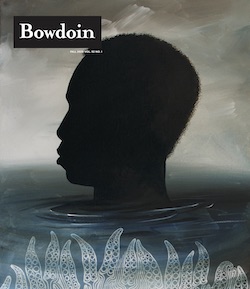
This story first appeared in the Fall 2020 issue of Bowdoin Magazine. Manage your subscription and see other stories from the magazine on the Bowdoin Magazine website.
